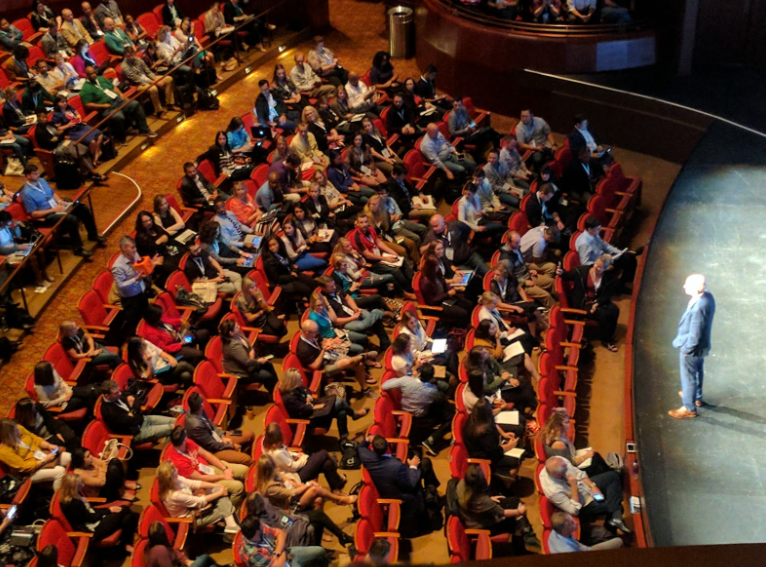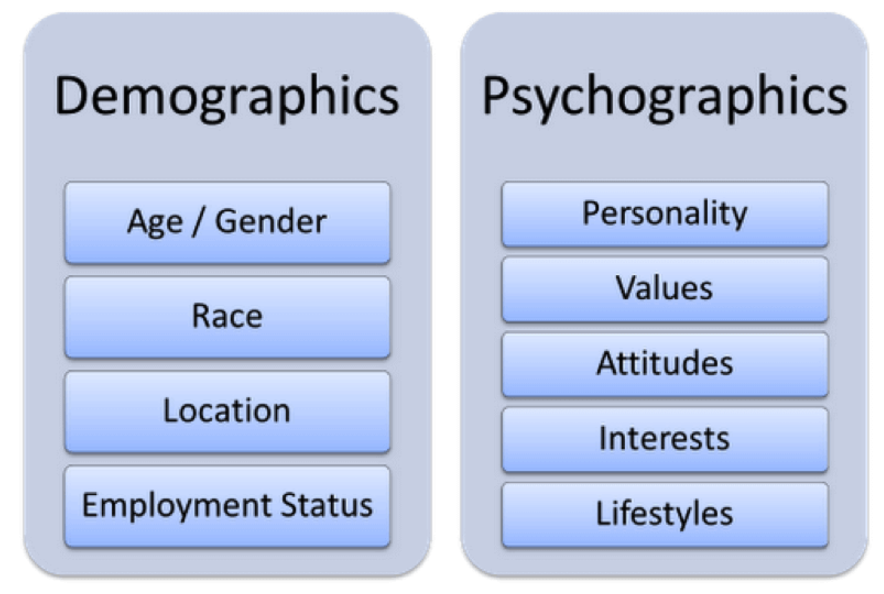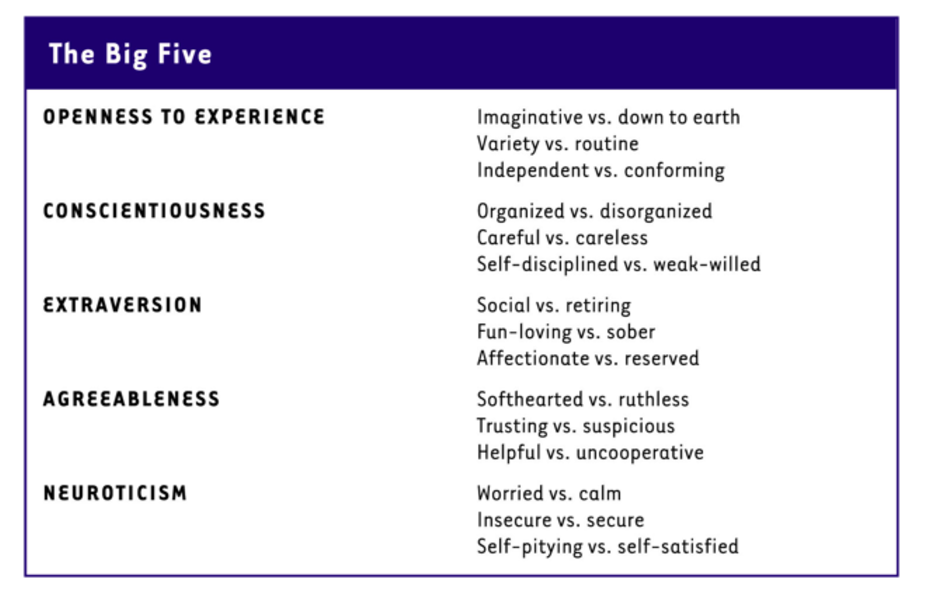Why We Should Transition From Demographic Marketing - A Perspective from Seth Godin
AgencySpearks CEO, Joe Koufman, asks Seth Godin a question during the most recent Digital Summit conference.
Every marketing campaign begins with a simple question: Who? For decades, the answer to this question has revolved around outward characteristics of an individual. What is their race? How old are they? What’s their gender? For marketers, segmenting an audience based on demographic data has always been simple, accessible, and affordable.
However, the world is not that simple. Not everything is black and white.
The market is changing, becoming more complex and diverse than ever. The internet has provided marketers with more data with deeper insights - not only about what people are, but who people are. Data tells marketers people’s interests, buying preferences, and what they expect in a product/service. People are unconsciously segmenting themselves just by browsing the internet. According to Seth Godin, it’s important to leverage this data to identify groups of like-minded people, called “tribes”:
“What tribes are, is a very simple concept that goes back 50 million years. It’s about leading and connecting people and ideas. And it’s something people have wanted forever.”
- Seth Godin
Seth Godin is a marketing guru and bestselling author who built his career on finding the small populations with common threads of interest (i.e. Game of Thrones cosplayers or Seinfeld Junkies), and connecting those populations to one another. In the video below, Godin discusses how marketers can get their ideas to spread, highlighting three simple steps:
Find out what people want
Talk to someone who will spread the word
Don’t play it safe
Step 1 - Find out what people want
Psychographics
If demographic segmentation represents outward traits (race, gender, age, etc.), then psychographic segmentation hones in on inward traits (personality traits, values, attitudes, interests, etc.). With the power of data, psychographic segmentation is catching on.
Alexander Nix, CEO of Cambridge Analytica, has explored the power of big data and psychographics at great length in his research. His “OCEAN" acronym describes his findings which showed that adult human’s personality can qualify for psychographic segmentation under 5 categories and these traits can be used to influence data:
By understanding the personality of our consumers, marketers can manipulate more nuanced variables like tone, channel, or content in ads to influence and connect with consumers on an individual level.
Step 2 - Talk to someone who cares and will spread the word
There are two ways marketers can do this:
Connecting with influencers
Guiding people to a “tribe”
Regardless of the route a marketer takes, it’s about drilling down into a subset of the population.
Influencers
Marketers can leverage influencers to build trust within a target segment. Ideally, these influencers would have a natural affinity for the product being marketed, as well as a pre-established audience that trusts them.
Beauty bloggers have represented a huge opportunity for marketers to engage in influencer marketing.
Harley pinpoints their audience as those who value community (or in Nix’s terms, are “agreeable.”) The fact that people identify with the Harley brand by tattooing it on themselves shows their sense of community. Harley enthusiasts chose the brand because it offers them a change in lifestyle and perception.
Tribes
In Seth Godin’s Ted Talk, titled “The Tribes We Lead,” Godin describes tribes as a catalyst for change, saying “tribes, not money, not politics, can change our world.” Tribes are powerful… and the idea of “finding a tribe” caters to people’s baser instincts: representing identity, camaraderie, and inclusion.
Seth Godin says, “Align people into a tribe where they care about each other.” We need to understand where a person is coming from. We want to relate to them and show we understand and care. We want to contribute to their culture. Godin used the example of a Harley Davidson motorcycle versus Suzuki to portray this point. Harley pinpoints their audience as those who value community (or in Nix’s terms, are “agreeable.”)
Step 3 - Don’t play it safe
“In a crowded marketplace, fitting in is a failure. In a busy marketplace, not standing out is the same as being invisible.”
- Seth Godin
When experimenting with psychographic segmentation, influencer marketing, and community-building, marketers will undoubtedly experience a great deal of trial and error. Working through those shortcomings can make for truly innovative marketing campaigns.
If marketers hope to ever truly connect with consumers, they have to stop thinking of things at scale. Start small, understand what people want, and guide them to their tribe.





